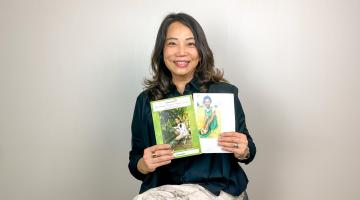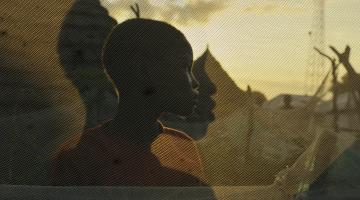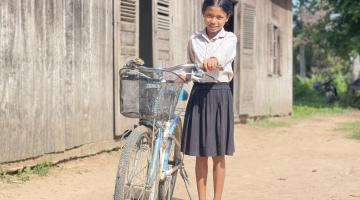Hungry to Help: Extending Eight Lives
Hello! We are a group of students from Hwa Chong Institution who have come together to raise awareness on global poverty and ultimately implement a child sponsorship programme in our school as part of the Hungry to Help Challenge.
Our starting approach was to get students to care more about poverty, and offer them possible avenues to help in a tangible manner. Given that our target audience was from our school, we quickly realised that the foundation knowledge was already in place – most people already knew about poverty through past global web advocacy efforts and our school’s coverage of poverty in the General Paper syllabus. What was needed was a feasible way for them to contribute. As such, our project’s measures to raise awareness focused more on offering students our perspective on poverty alleviation, with one example of this approach being the poster shown below:
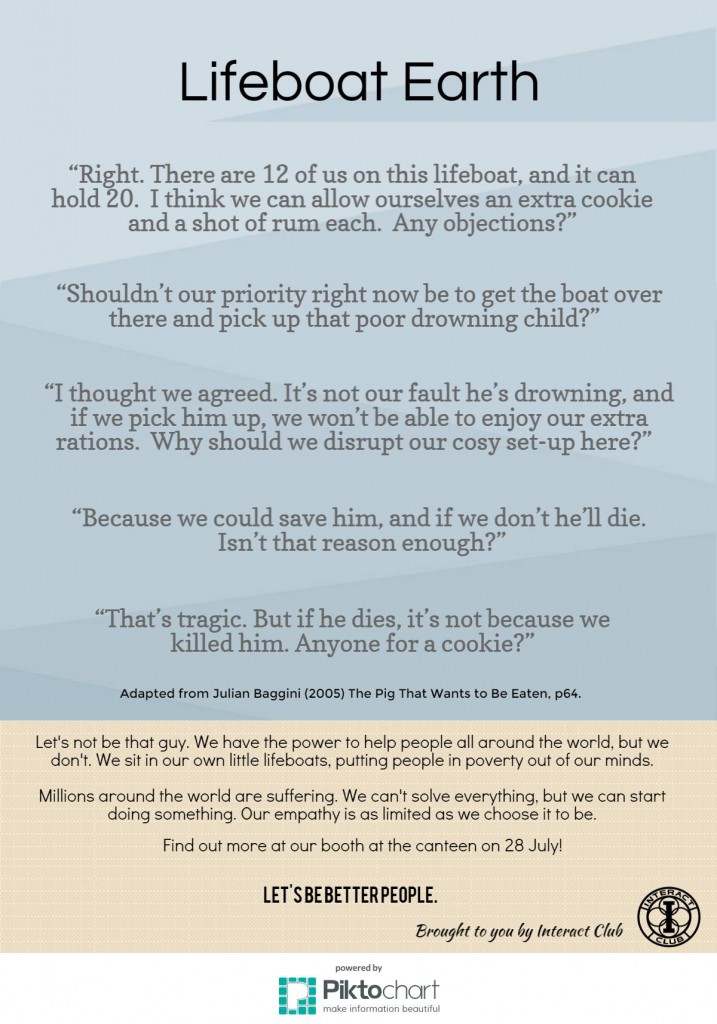
Various other posters were also placed around school for the entire duration of our awareness drive, with a photobooth with poverty-themed props and a free movie screening of Les Misérables further inviting students to fully consider the issue of poverty.
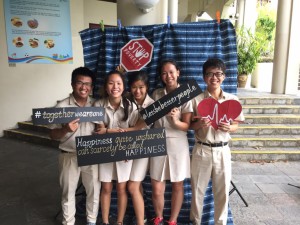 In the midst of these advocacy efforts, we offered students a viable course of action to aid global efforts to tackle poverty. We had been introduced to World Vision’s World Buddies Programme via our seniors’ event (International Understanding Week) earlier this year, and thought it was an effective way to encourage people to help. Recognising that students suffered from very real financial constraints, we decided to distribute sign-up forms to every class (while still leaving the option to donate with other friends/their CCA open) and encourage everyone to split the costs among their classmates.
In the midst of these advocacy efforts, we offered students a viable course of action to aid global efforts to tackle poverty. We had been introduced to World Vision’s World Buddies Programme via our seniors’ event (International Understanding Week) earlier this year, and thought it was an effective way to encourage people to help. Recognising that students suffered from very real financial constraints, we decided to distribute sign-up forms to every class (while still leaving the option to donate with other friends/their CCA open) and encourage everyone to split the costs among their classmates.
With major issues such as poverty, the realisation that we cannot do everything often causes us to end up doing nothing. By encouraging students to start small and helping out an individual child’s community, we hoped to drive home the point that every individual effort counts. At the very least, we hoped to get people to care more about the issue of poverty, an important starting point for the development of solutions in the future.
What We Can Do Better
During our After-Action Review, we realised that a central problem of our class-based approach to registration was the potential lack of collective action: The programme only became affordable for everyone when sufficient numbers of students in the class signed up. If, for example, a third of the class did not sign up, the remaining 2/3 would have to pay more. Often, this resulted in the entire class not signing up at all.
We could have offered students the option of registering individually or as a small group, to be grouped with other small groups of students to share costs. This would likely encourage many more people to sign up.
Another key issue was publicity, which was limited to the morning announcement (tying in to our chosen idea, Voice for the Voiceless). Many other announcements for other events and school issues are made during morning assembly sessions, meaning that many students either forgot about our message or simply chose not to listen to it. We could have made the effort to branch out into other publicity methods, ranging from email notifications to more personalised social media outreach methods.
Conclusion
Ultimately, the central issue with advocacy efforts is striking a balance between appealing to the people who really don’t know anything about the problem and reaching out to people who know about the problem but don’t know what to do about it. If this balance is effectively struck, advocacy efforts will be the most effective they can be. Hopefully, this project laid the groundwork for future advocacy efforts in our school. If our messages can reach the 1,200 people in our school and make them contribute towards solving problems like global poverty, we will have made a major difference in the lives of many.
Overall, a total of eight classes sign up to sponsor children. This means that eight children’s communities received increased funding for development – a fairly encouraging outcome.
